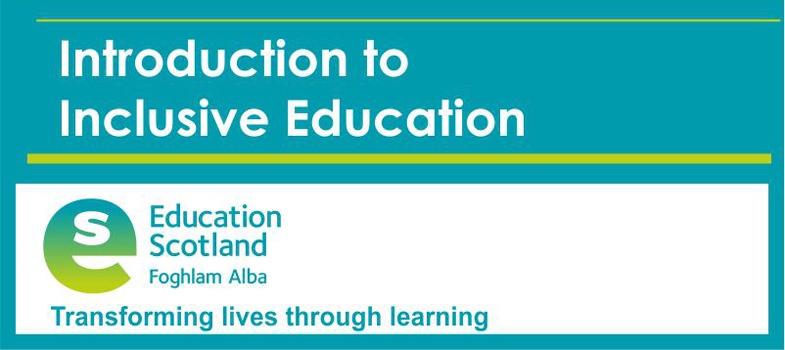4.3 Transitions
Transition can be a difficult, nervous and exciting time for any learner, however for children and young people with additional support needs it can be a particularly stressful time for them and their family. Nevertheless, the process can be eased with appropriate understanding, partnership work, support and planning. It is important to understand that transitions occur each day, throughout the year and not only at the commonly highlighted stages such as P7 – S1 or S4/5/6 to post school. This section provides some guidance to support the various stages of transition which school communities are involved in to ensure that they are child centred, positive experiences which support learners with additional support needs.
The 2017 Code of Practice states:
'Education authorities should have appropriate arrangements in place to ensure that changes in school education for all children and young people can be as smooth as possible. School staff have responsibility for ensuring all children and young people develop the skills for personal planning. All children and young people should experience activities in the context of the curriculum, learning and achievement which will prepare them for transitions within and beyond school education.'
'Effective planning helps to promote shared understanding and close communication among all relevant persons and above all helps to ensure that any required action is co-ordinated appropriately.'
'The ASL Act makes specific provisions to enable children and young people with additional support needs to receive help when they experience changes in school education These changes, or transitions, include starting pre-school provision for the first time, transferring to primary school, transferring from primary to secondary school and preparing to leave school. Transitions also include moving from one school to another, for example, as a result of a change of address or through being excluded from school.'
The legislation requires the authority to seek relevant advice and information from such appropriate agencies and others as the authority consider appropriate. (p32)
School education is organised in such a way that all children and young people experience transitions as they move through the various stages of schooling. These transitions include entry to pre-school provision, transfer to primary school and through the different stages of primary and secondary school and, in particular, to post-school provision. Within almost all schools, children and young people will encounter changes and transition from each stage to stage. Whatever the form of change and transition, all children and young people are entitled to support to enable them to gain as much as possible from the opportunities which Curriculum for Excellence can provide and also support in moving into positive and sustained destinations beyond school.
Nursery, primary and secondary schools need to work within time scales and collaboratively to put in place strategies which will help pupils who have additional support needs to cope with this each stage of their educational career. This requirement is supported by educational law for children and young people whose additional support needs are considered to be ‘significant’ or if they are otherwise at risk of not making a successful transition.
Examples of transitions experienced by learners – (this list is not exhaustive).
- Nursery to P1
- Class to class
- Home to school
- Year to year
- P7 – S1
- Broad general education at the end of S3 into the senior phase
- School to offsite to school
- Post school
Curriculum for Excellence Briefing 12 provides advice for planning for learning, training and employment beyond age 16.
https://education.gov.scot/ Documents/ cfe-briefing-12.pdf
Download Briefing 12
Activity 14 Reflective task
In your Reflective Log reflect on how your practice supports transition for children and young people.
4.2 Educational planning
